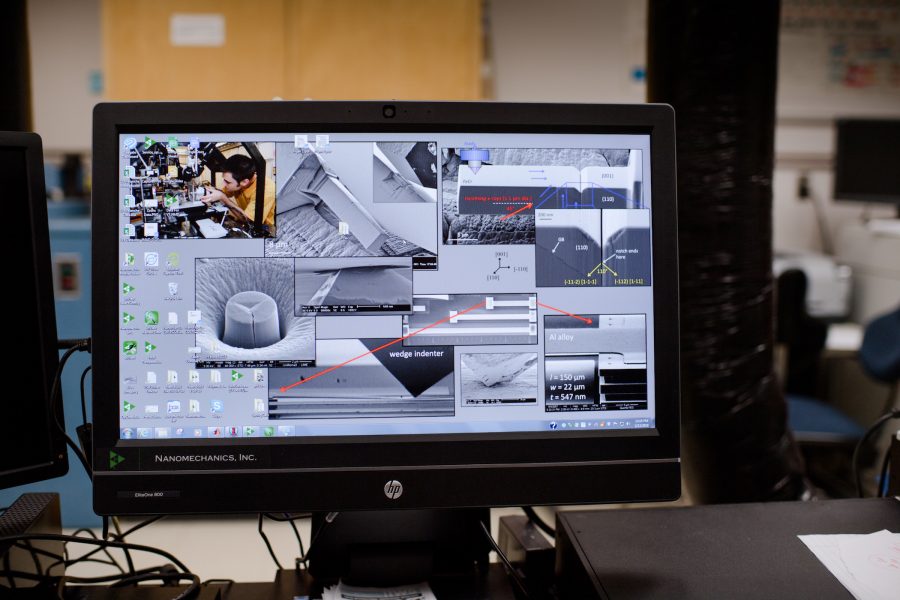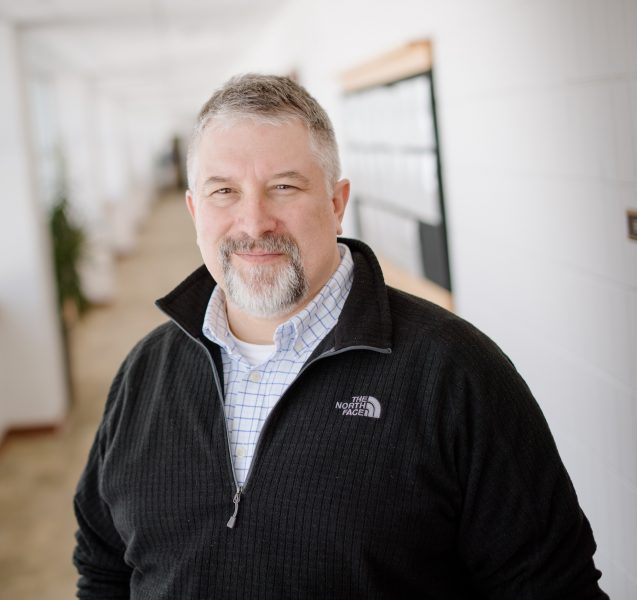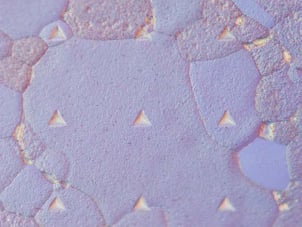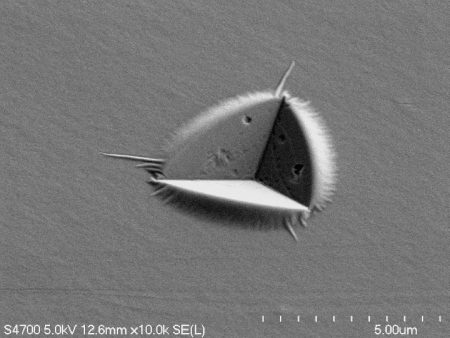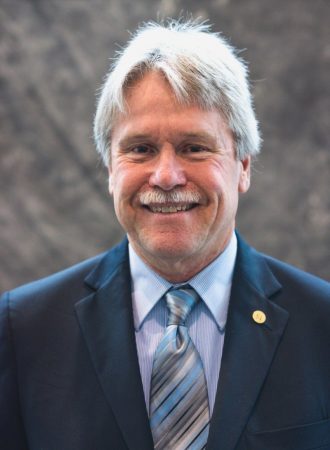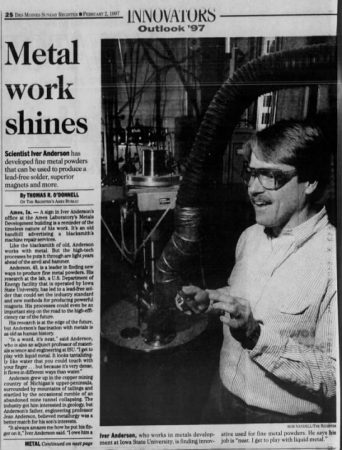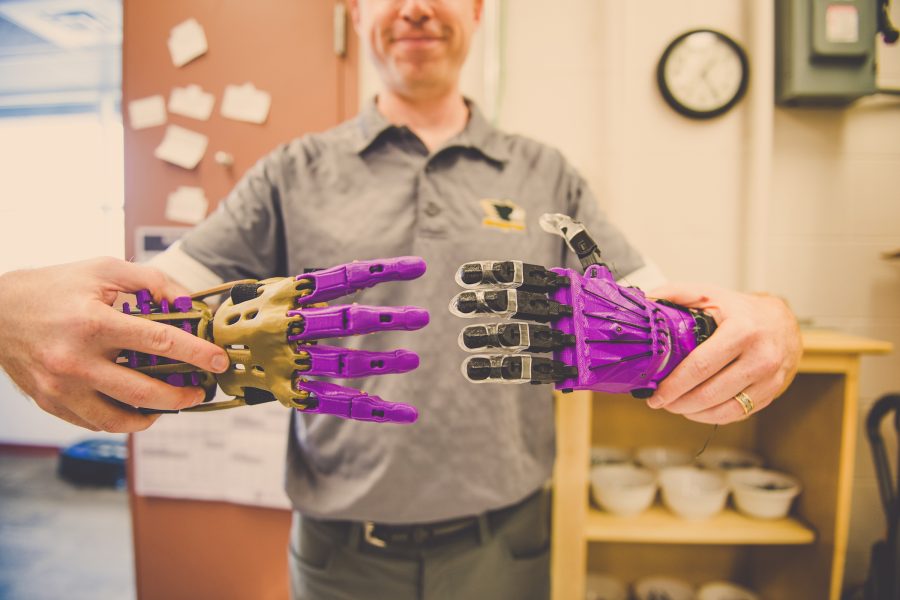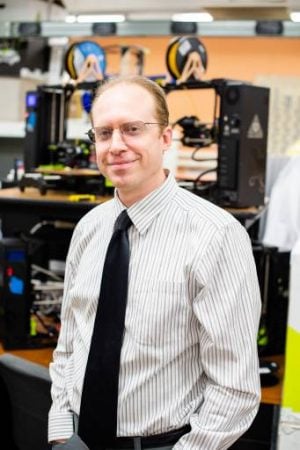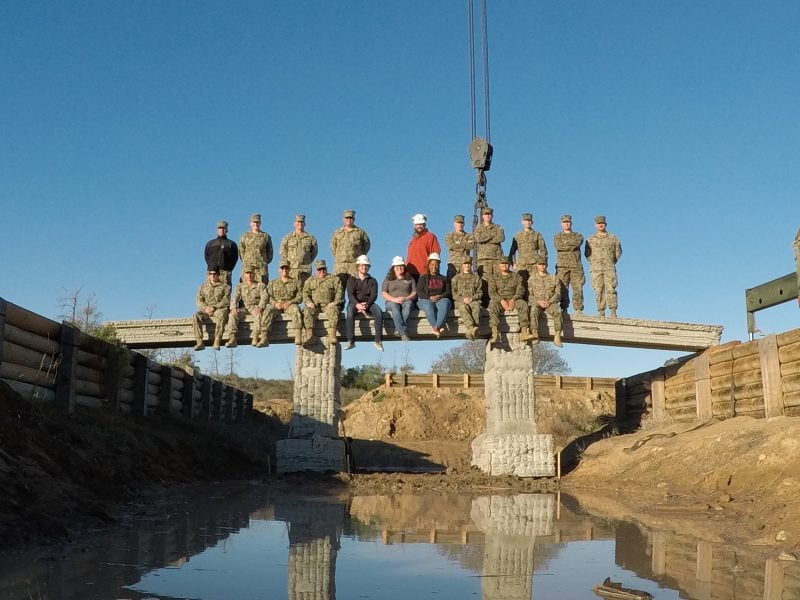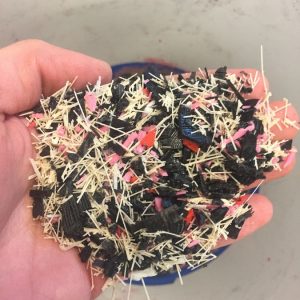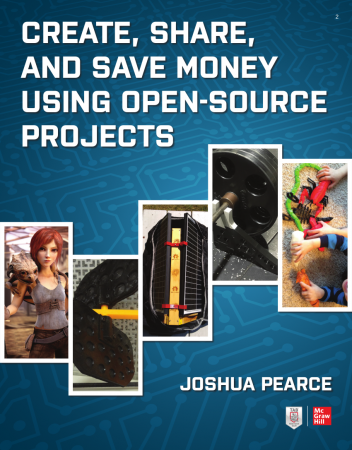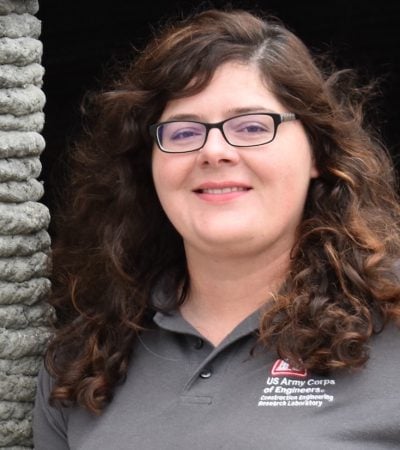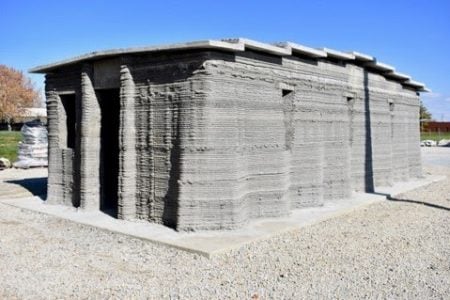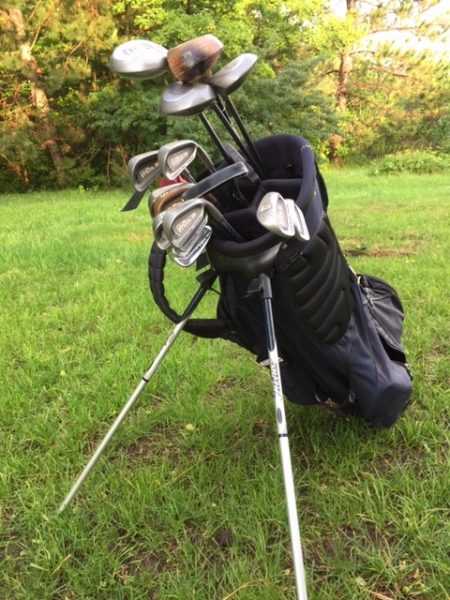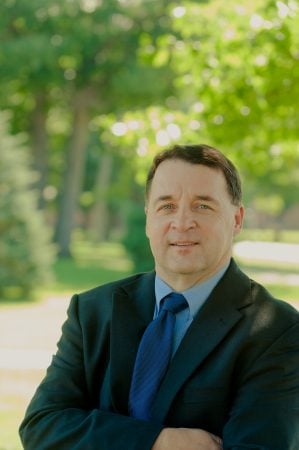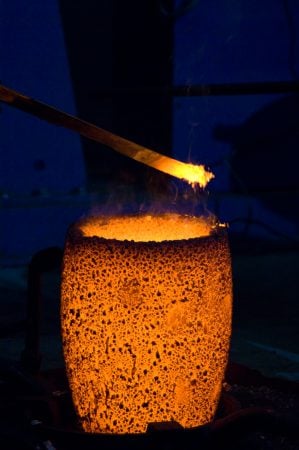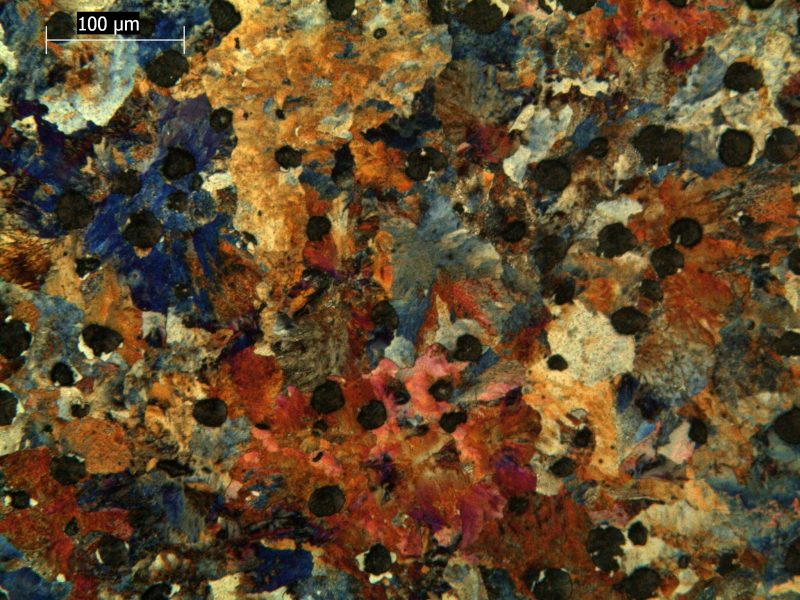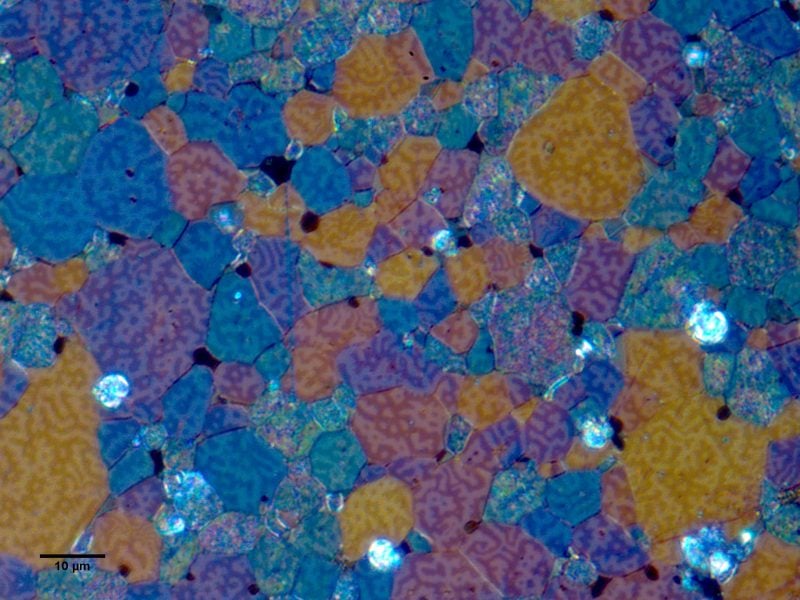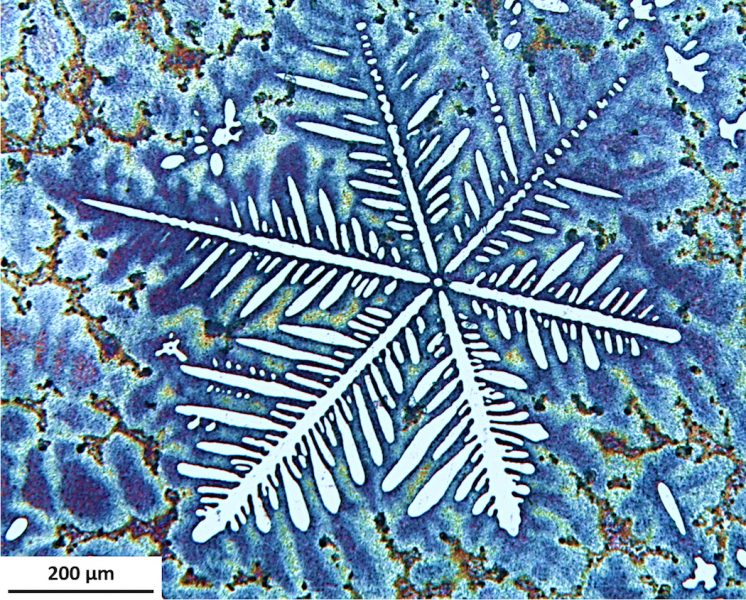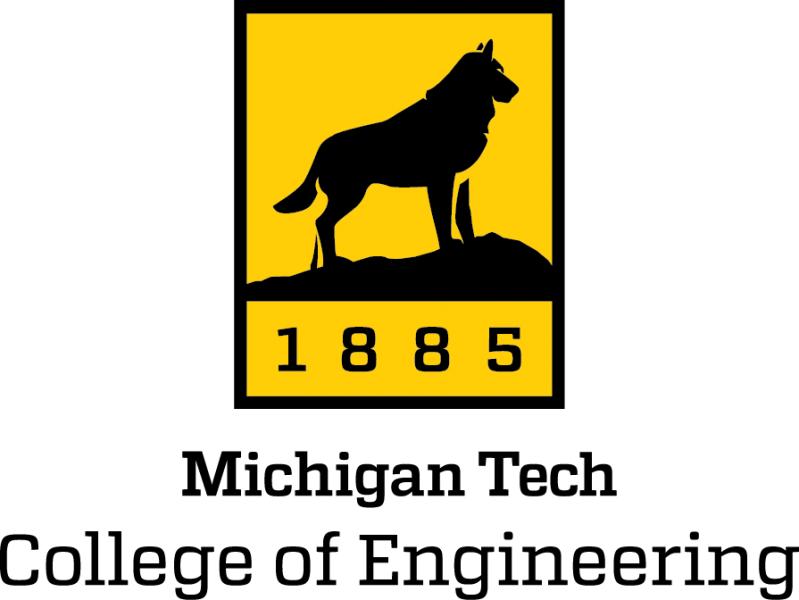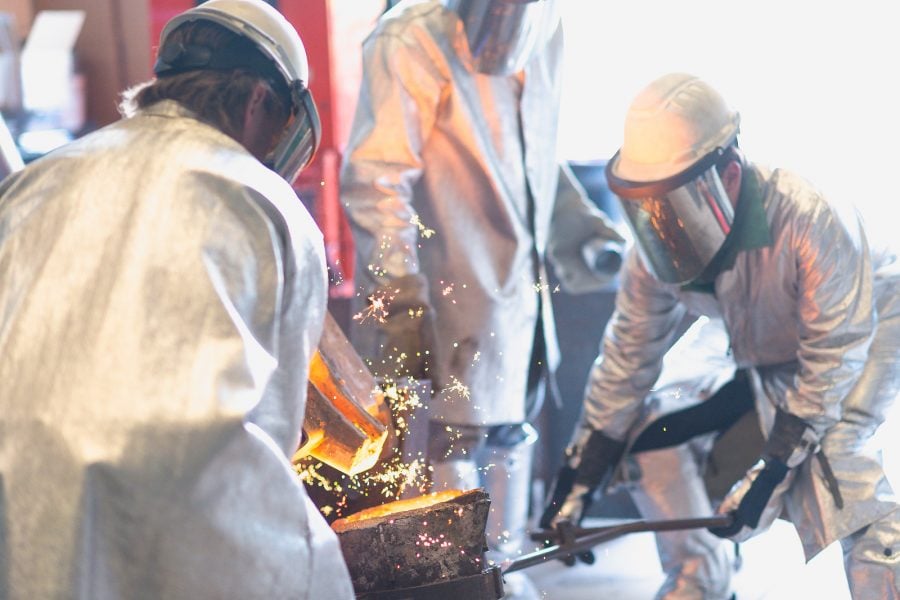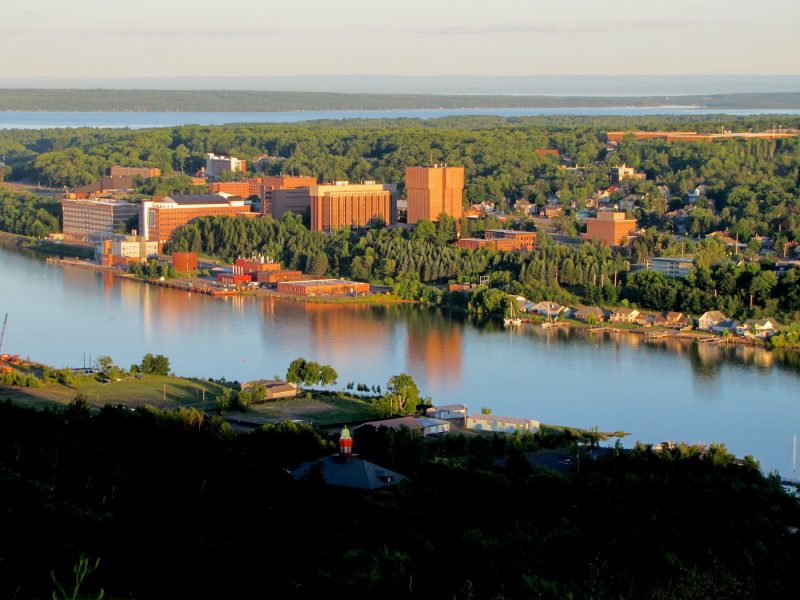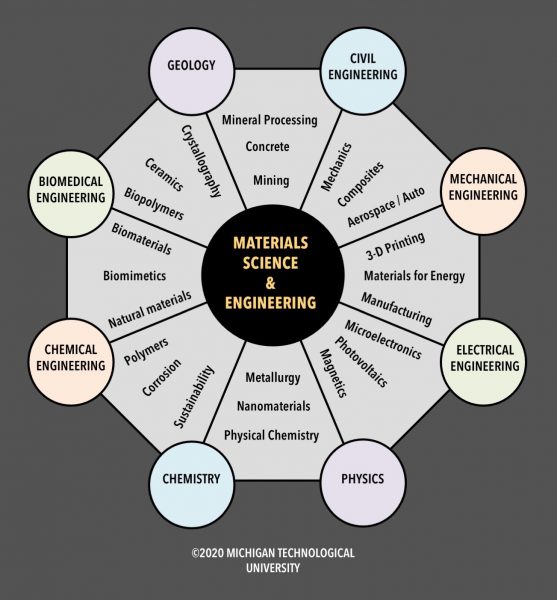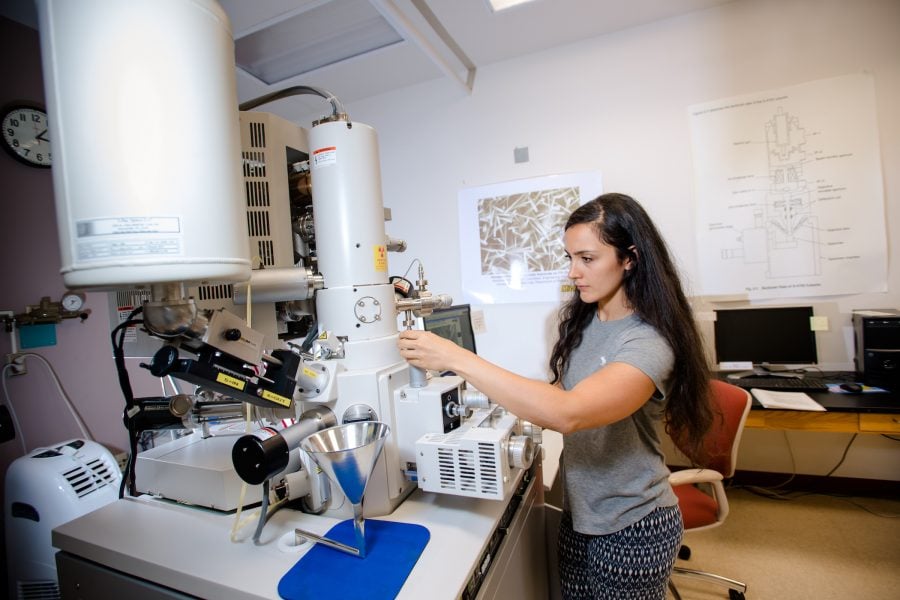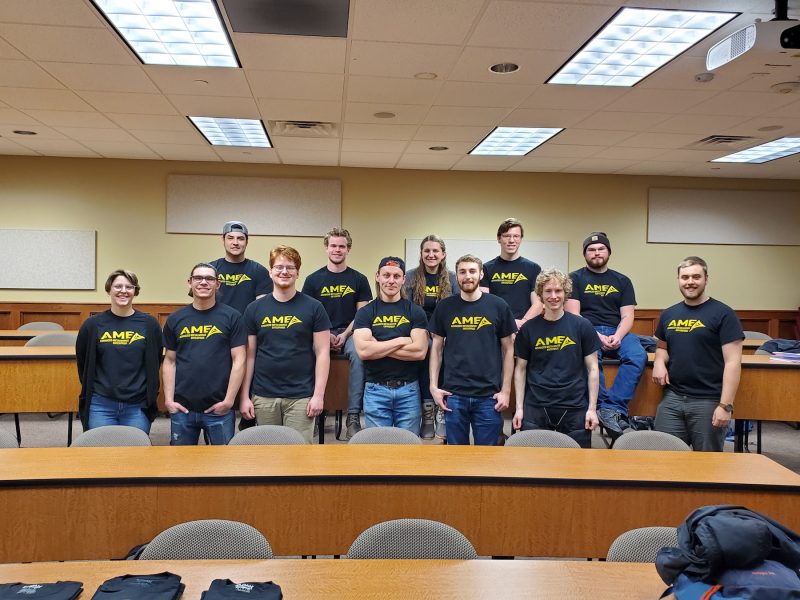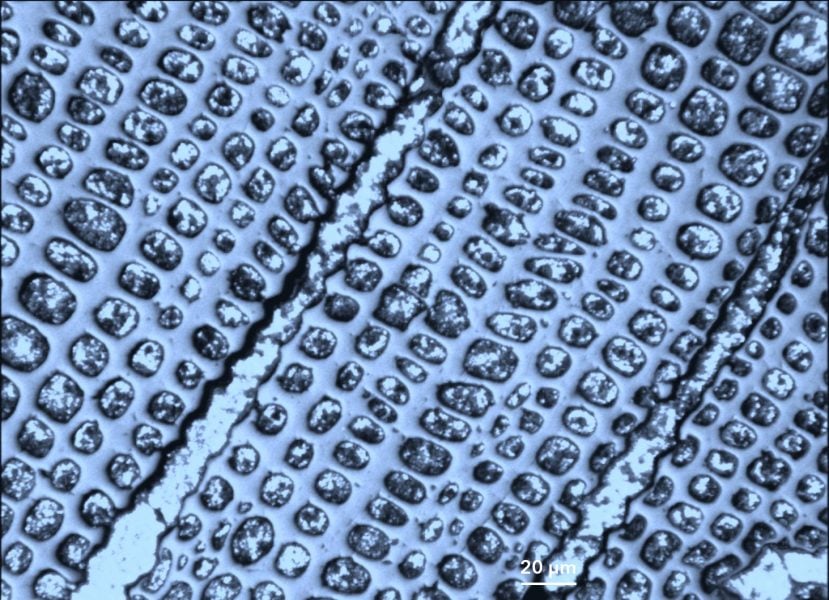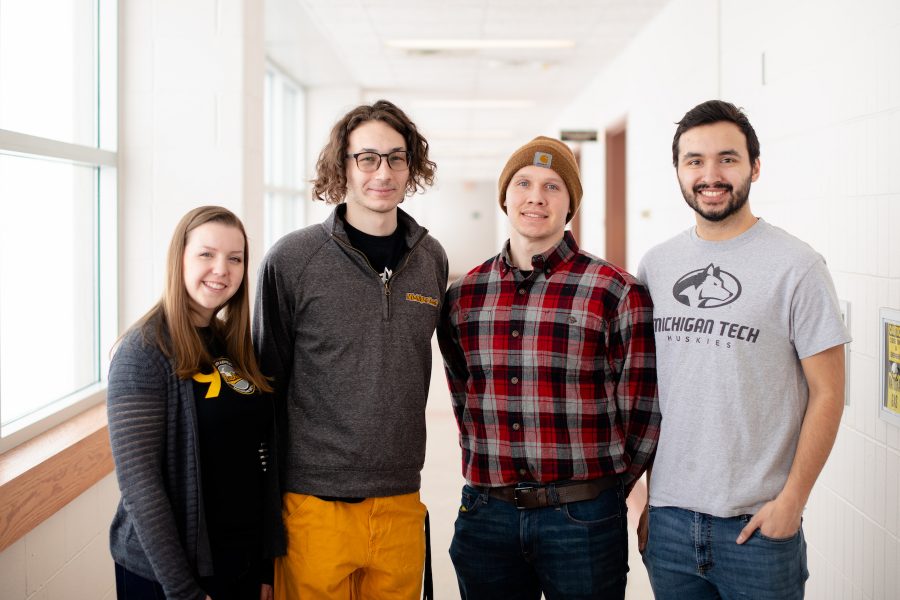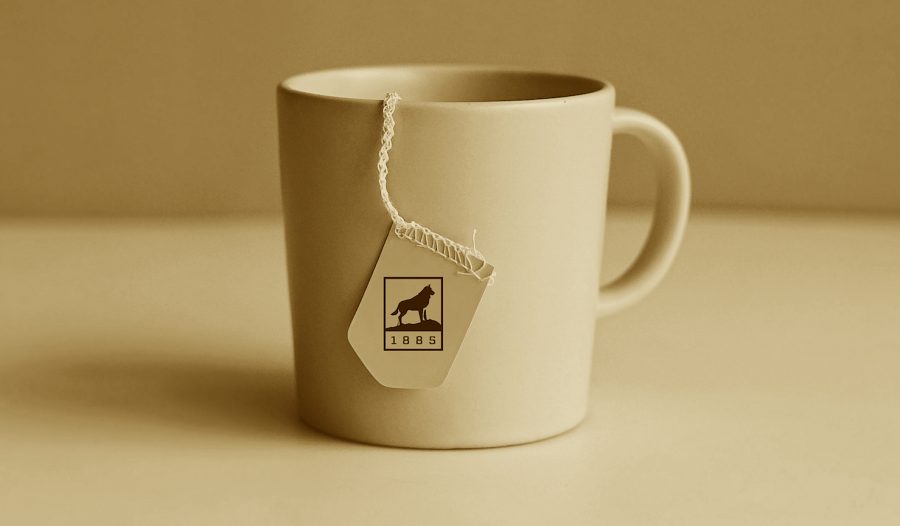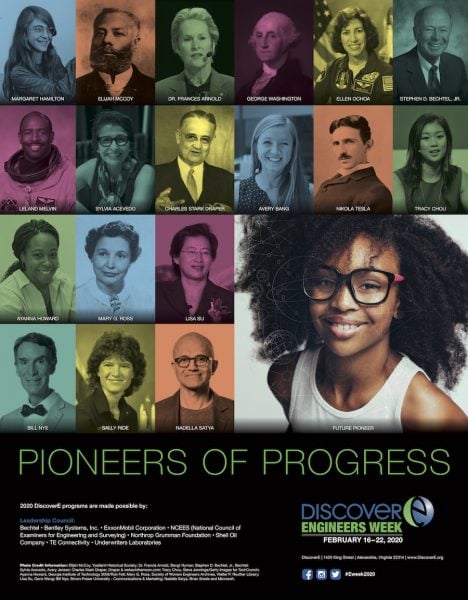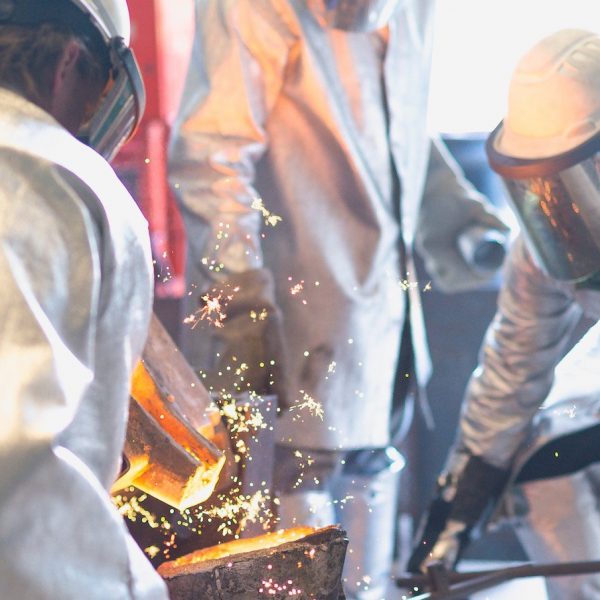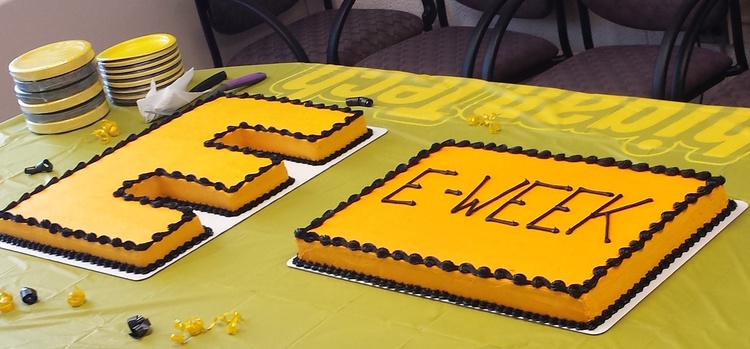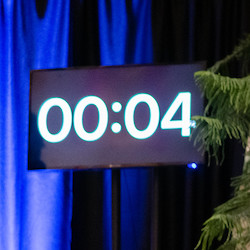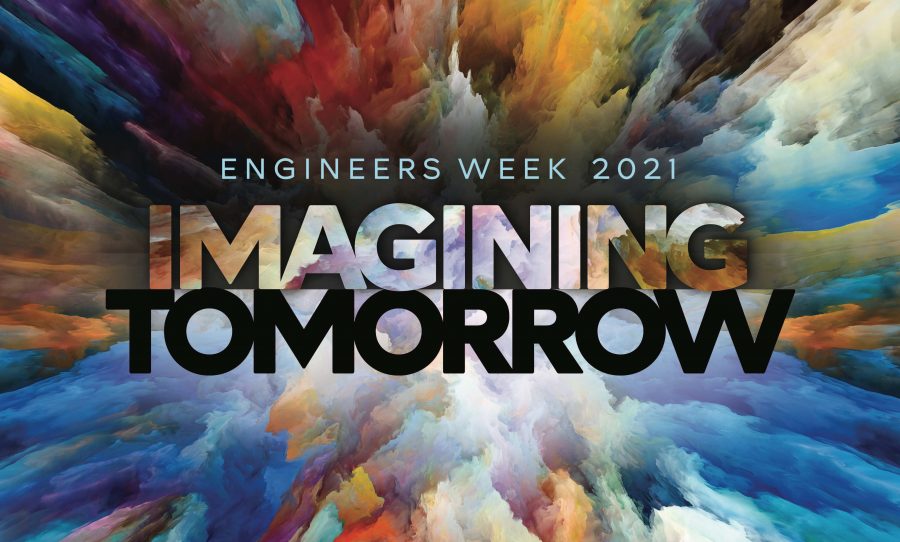
This week, we’re celebrating National Engineers Week (Feb. 21-28). Everyone’s invited to special events on campus sponsored by Tau Beta Pi, the Engineering Honor Society student chapter at Michigan Tech.
Founded by the National Society of Professional Engineers in 1951, Eweek is celebrated each February around the time of George Washington’s birthday, February 22, because Washington is considered by many to be the first U.S. engineer.
At Michigan Tech, the week is celebrated with special events on campus all hosted by student organizations. Everyone is welcome! Please feel free to stop by and check out Eweek events as your schedule allows:
Monday, Feb. 22
Brainteasers—give your brain a mini-workout, courtesy of Michigan Tech’s Systems Engineering Association (SEA), 11am-2pm in the Dow Lobby.
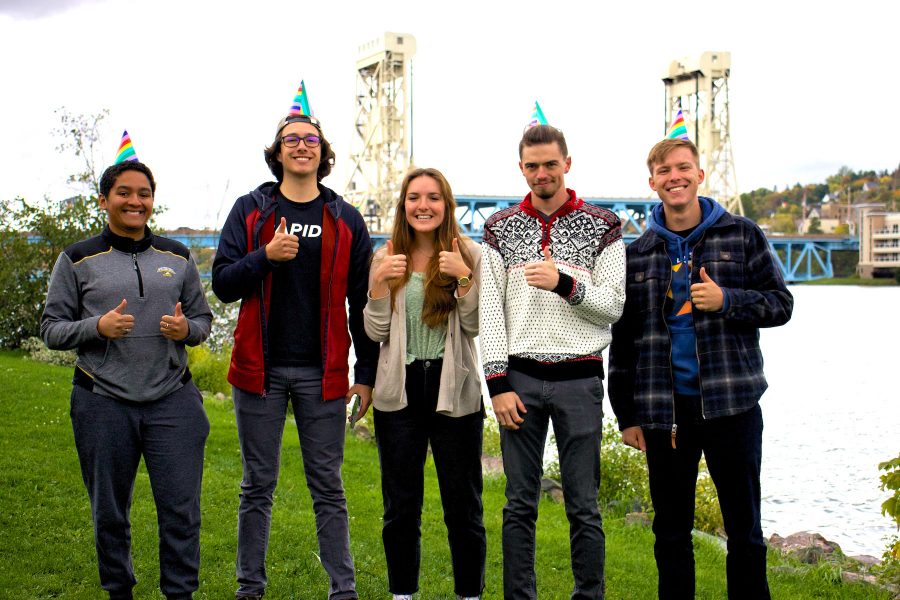
Tuesday, Feb. 23
Build with Built World Enterprise, 6-7 PM
Online, Zoom: https://michigantech.zoom.us/j/88350890241
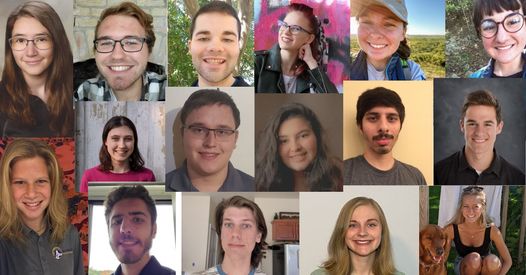
Wednesday, Feb. 24
Michigan Tech Engineering Alumni Panel, hosted by Tau Beta Pi
4-6 PMOnline, Zoom: https://michigantech.zoom.us/j/89023074247
Submit your questions in advance: https://docs.google.com/forms/d/e/1FAIpQLSdFvHtUjVrpO_iMmrQWel78S7D2BXjCNhROo4CoYLwSbJA5nw/viewform?usp=sf_link
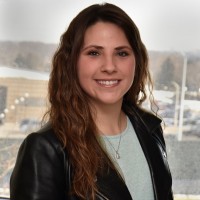
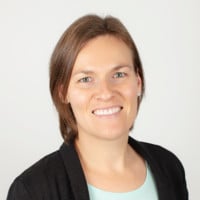
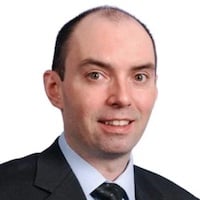
Thursday, February 25
Metal foundry in a box with Materials United, 3-5 PMB, on campus, outside, between the M&M Engineering Building and Douglas Houghton Hall.
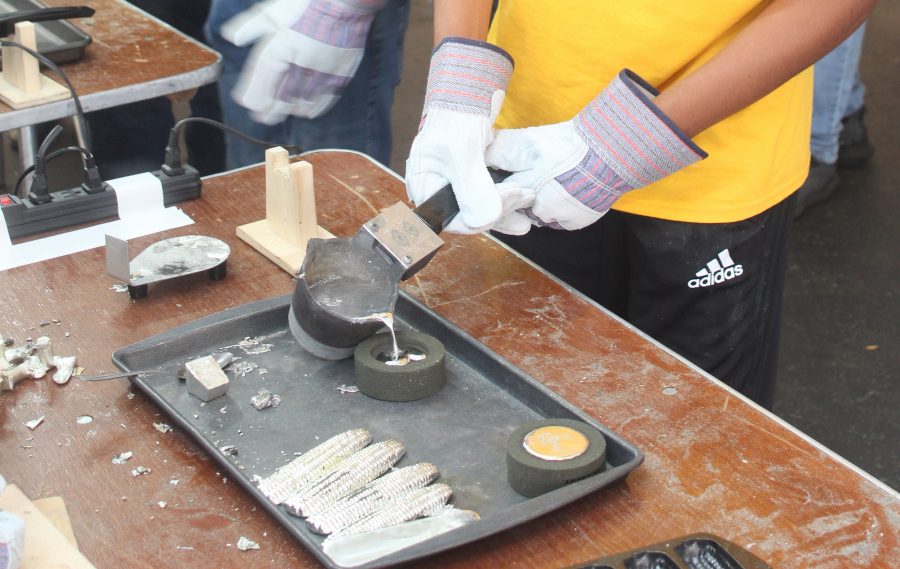
Nationwide, Eweek is a formal coalition of more than 70 engineering, education, and cultural societies, and more than 50 corporations and government agencies. This year’s theme: Imagining Tomorrow. Dedicated to raising public awareness of engineers’ positive contributions to quality of life, Eweek promotes recognition among parents, teachers, and students of the importance of a technical education and a high level of math, science, and technology literacy.
One important goal: to motivate youth to pursue engineering careers in order to provide a diverse and vigorous engineering workforce.
Due to the pandemic, some E-Week events won’t be possible this year. One thing we’ll greatly miss is the traditional Michigan Tech E-Week cake, offered to all on campus by the Department of Engineering Fundamentals. The cake will be back, though: We look forward to E-Week 2022!
